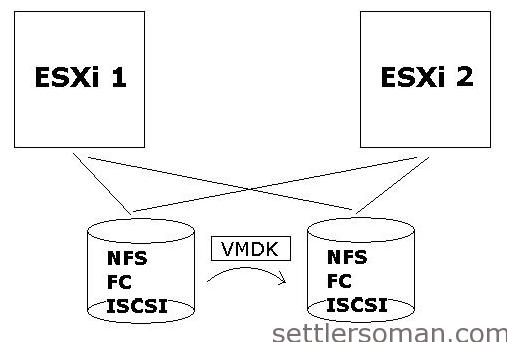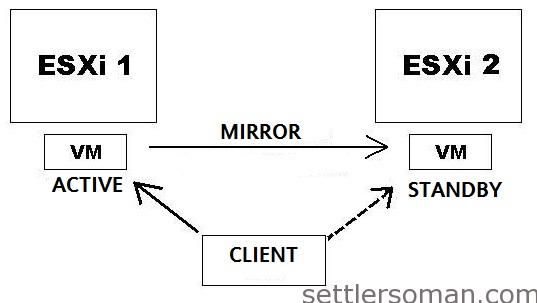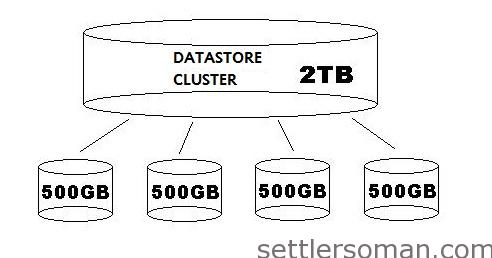In this article I will explain features like: vMotion, HA, Fault Tolerance (FT) and more. It is a not "deepdive" article. I'm going to write the next article which shows deeper about following features:
High Availability (HA)
HA monitors ESXi hosts and/or VMs and automatically restarts failed virtual machines on other ESXi hosts when a server failure is detected as well as automatically restarting virtual machines when an operating system failure is detected. So the VMs can be up and running again in just the time that it takes them to reboot.
vMotion
vMotion allows to move an entire running virtual machine from one ESXi to another, without downtime. When can it be used? e.g. preparation for scheduled maintenance or performing patching.
Storage vMotion
Storage vMotion allows for live migration of virtual machine disk files within and across storage arrays without service disruptions.
Fault Tolerance (FT)
FT provides continuous availability for applications in the event of server failures by creating a live standby instance of a virtual machine that is always up-to-date with the primary (active) virtual machine.
Distributed Resource Scheduler (DRS) and Distributed Power Management (DPM)
DRS uses vMotion to balance the load between different ESXi hosts by moving VMs off busy hosts to less busy hosts (manually or automatically). DPM helps to use ESXi hosts more effectively by migrating VMs off of ESXi hosts that are not in use and shut the ESXi host system down.
Storage DRS
Storage DRS uses Storage vMotion to move Virtual Machine Disk files (VMDKs) between datastores in a Datastore Cluster. The recommendations for migration are based on I/O latency or free space of datastore.




